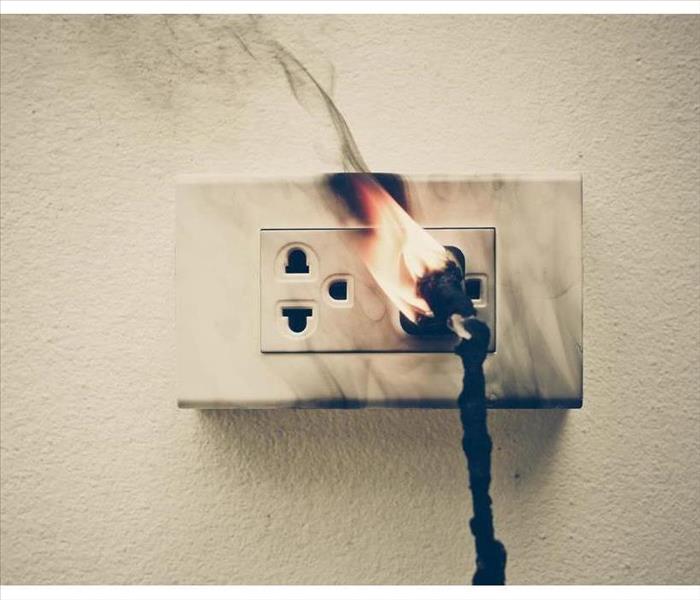How To Deal With Electronics After a Fire
5/10/2022 (Permalink)
To successfully run your Estero Island, FL, business, there is a good chance you rely on various electronics to make that happen. If an electrical fire happens, you need that equipment functioning to preserve and recover essential data. Unfortunately, some electronics won’t be salvageable and those that are will require special techniques and equipment for the cleanup. Understanding the type of damage is important to determine the extent of the damage.
Types of Damage
There are three types of damage that professional fire damage restoration will look for to determine salvageability and cleaning methods.
Fire: Electrical fire damage is the easiest to spot. Devices that have been touched by flames will likely have visible plastic melting or scorch marks. In many cases, fire-damaged items will need to be tossed.
Soot: This black residue drifts in the smoke and attaches itself to items. It is often oily or smears easily. Soot also has a high acidity level, which may affect the longevity of electronics even after cleaning.
Smoke: When there is smoke, there is still heat and residue drifting into devices. It also leaves a lingering odor. A professional is usually able to eradicate that odor and bring devices back to life.
The Effects of Smoke Damage
While soot and char marks are indicators of damaged equipment, smoke is a bit tricky. Even if the flames never reach a device, they can still be damaged by smoke. Smoke carries an electronic charge that may short circuit a device. This makes it important to inspect all electronics that have been in the area in which the fire occurred.
Even a small electrical fire may have a big impact on the vital electronics in your business. While it may seem easy, computer cleanup requires expertise and tools. While not all may be saved, turning to an expert may result in not having to replace devices.






 24/7 Emergency Service
24/7 Emergency Service
